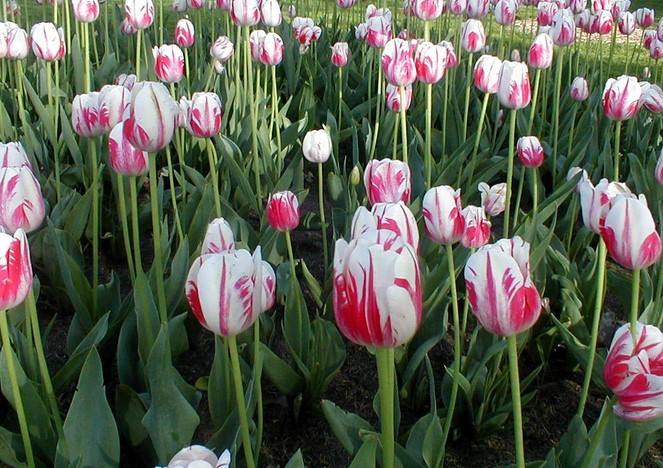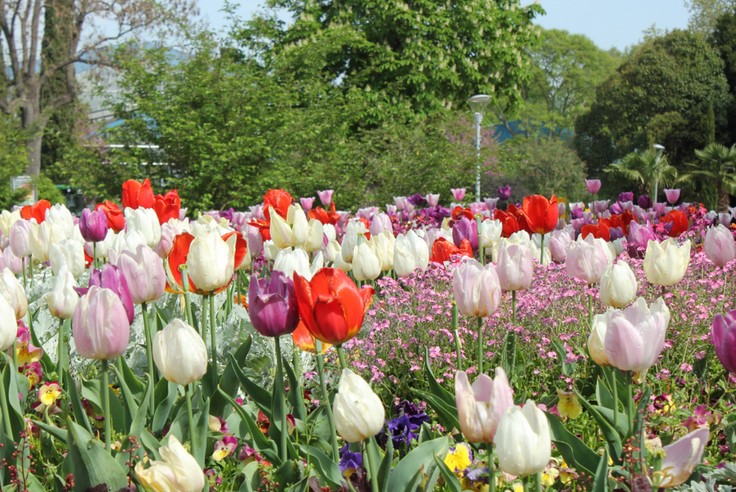The tulip flower is a bulbous perennial herbaceous plant with different coloured blotches on its tepals. Tulips are a favorite flower of many gardeners, but there is more to the tulip than its appearance. You can learn more about this flower and its meaning by reading the following article. Here’s some useful information to help you enjoy tulips. After all, they’re one of the most beautiful flowers in the world.
Tulips are a beautiful example of the power of flowers as symbols. Tulip arrangements have been used to show pity, forgiveness and reverence for decades. On a simpler level, these colorful blooms can also be an excellent way to demonstrate feelings of love and affection. It’s in this way that the meaning of tulips is generally perfect love. Here, you’ll learn more about different types of tulips and what they mean

tulip flower
The tulip flower is a perennial herbaceous bulbiferous geophyte. Its distinctive flower has different coloured blotches at the base of the tepals. These coloured blotches make the tulip a highly attractive flower, and the flower’s bright colouring is particularly striking. During the spring months, tulips are often used as a decorative ornament.
The tulip flower is a perfect floral beauty. Each flower has both male and female reproductive organs. The female part of the flower has three lobes, called the pistil. The ovary and stigma are connected by a style tube. During fertilization, pollen is carried from the anther to the stigma by birds or insects. After fertilization, the pollen forms a fruit inside the ovary.
tulip flower care
In addition to providing beautiful color to your garden, tulips require care and attention after the bloom has faded. Remove the flower stalks from foliage and clip the flowers below the bulb. This will prevent the tulip from developing a seed head. You should also leave the foliage, which will begin to brown over time. If you choose tulips to display in your garden as annuals, it is wise to leave them as they are until the foliage begins to turn yellow.
The best way to plant tulip bulbs is to bury them at least eight inches deep. You can use Miracle-Gro(r) Potting Mix to fill the pot. Place the bulbs in the pot, pointy end up. Once inserted, cover them with potting mix. Then, place them in a cool, dry location. You should water the tulip bulbs regularly. Once the flowers appear, you can harvest them and enjoy their beauty.

tulip flower meaning
The tulip is a flower that represents love and passion. The flower’s red color is often associated with true love and eternal romance. Some people think that the name of the flower comes from a tale about two young lovers, Farhad and Shirin, who fell in love but were not able to have a baby. Ultimately, Farhad killed himself and the tulips grew in his place, as a symbol of their unbreakable love.
The tulip flower has many meanings, and different colors have different meanings. While tulips don’t express romantic feelings like roses, nor are they as vibrant as sunflowers, they do inspire the mind. Tulips are often associated with love and acceptance, and they represent this in different cultures around the world. If you’re wondering what the tulip means, keep reading to find out more. Let’s dive into its beauty and meaning.
The tulip flower is one of the most vibrant and captivating flowers in the world. It’s a popular choice for brides, especially in Western culture, but also a symbol of deep affection between friends or partners in other cultures. The symbolic meaning of the tulip often varies by region, but it is generally synonymous with perfect love. Whether you want to give that perfect gift to your partner for your wedding or show someone how much you care about them by presenting them with a single tulip on their birthday or an anniversary, there are plenty of beautiful options out there.









